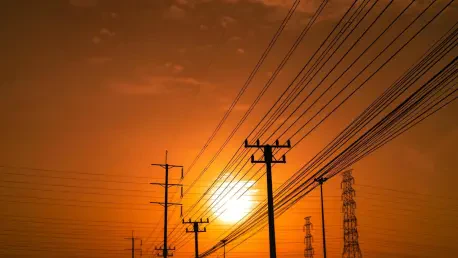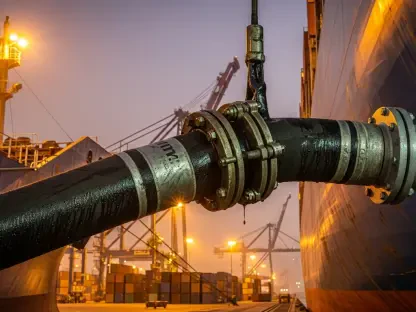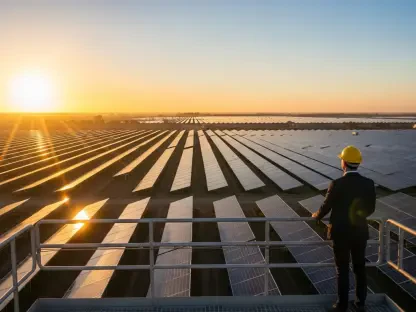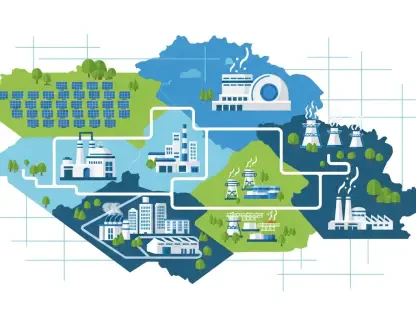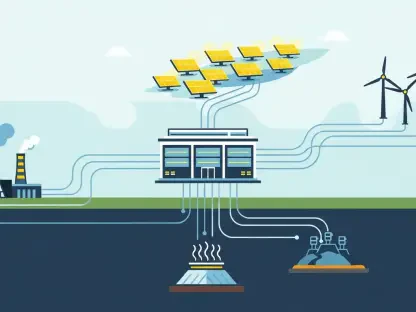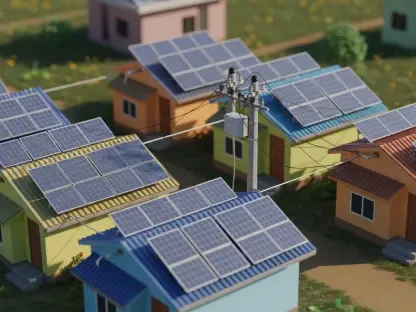As energy grids globally grapple with increasing complexities, one major concern is how grid operators can maintain reliability amidst rapid technological and regulatory changes. These shifts introduce challenges but also offer opportunities for innovative solutions in managing energy supply and demand. This analysis examines current market trends, digs into historical context, and forecasts future directions, providing essential insights for navigating this dynamic environment.
Contextualizing Today’s Grid Reliability Challenges
In recent years, the transformation of energy grids has been driven by a shift from traditional centralized generation to a mix that increasingly incorporates renewable sources like wind and solar. These changes have brought about intermittent energy supply, compelling grid operators to seek new approaches to ensure consistent electricity delivery. Additionally, aging infrastructure and stringent policies aiming to reduce carbon emissions further compound the challenges. Understanding these factors is crucial for devising strategies tailored to the unique conditions each region faces.
In-Depth Analysis of Market Trends and Future Projections
Navigating the Shift to Renewable Energy Sources
The shift toward renewable energy has significantly altered how grid operators manage supply reliability. Grid operators like California ISO have illustrated this by investing heavily in battery storage and other diverse energy resources. This approach not only reduces reliance on fossil fuels but also shows the complexities involved in balancing supply when relying on intermittent sources like solar and wind. Although advancements in predictive technologies have improved forecasts, maintaining reliability amidst these variables remains a formidable task.
Handling the Impact of Extreme Weather Events
Another pressing concern for grid operators is the increasing frequency of extreme weather, which has exposed vulnerabilities in grid systems that were previously considered robust. Regions like the Southwest Power Pool have experienced spikes in load expectations due to unpredictable weather events. The use of advanced forecasting tools and increased reserve margins is becoming essential for improving resilience against such disruptions. Integrating technological advancements in weather predictions offers promising avenues for bolstering grid reliability despite climate uncertainties.
Addressing Regional Differences and Customizing Solutions
Each geographic area presents its own set of challenges, requiring bespoke solutions to ensure grid reliability. For instance, New York ISO’s transition to a cleaner energy portfolio showcases the complexities of moving from surplus generation to meeting sustainability goals. Strategies such as reforming interconnection architectures and updating market designs have been instrumental in addressing these challenges. This highlights the necessity of crafting solutions that cater to specific regional needs rather than relying on generic, one-size-fits-all plans.
Reflecting on Key Findings and Future Considerations
The ongoing evolution of energy grids calls for innovative strategies that prioritize adaptive, region-specific solutions. Embracing a diverse energy portfolio and investing in emerging predictive technologies have been identified as critical steps in enhancing grid reliability. Key recommendations for grid operators included increasing cooperative stakeholder efforts and remaining vigilant of regulatory shifts. Adopting cutting-edge technologies that enhance forecasting accuracy and resource adequacy remained essential strategies in strengthening grid operations while navigating the transition to cleaner energy sources.
As the energy landscape evolves, grid reliability challenges persist, demanding continuous scrutiny and strategic development. Reflecting on the grid reliability topic not only underscores the importance of adopting adaptable solutions but also emphasizes the vital role of collaboration among industry stakeholders. The pursuit of sustainable and reliable energy futures necessitates an ongoing commitment to innovation and adaptation, ensuring that energy grids continue to power homes, businesses, and economies effectively in a rapidly changing world.
